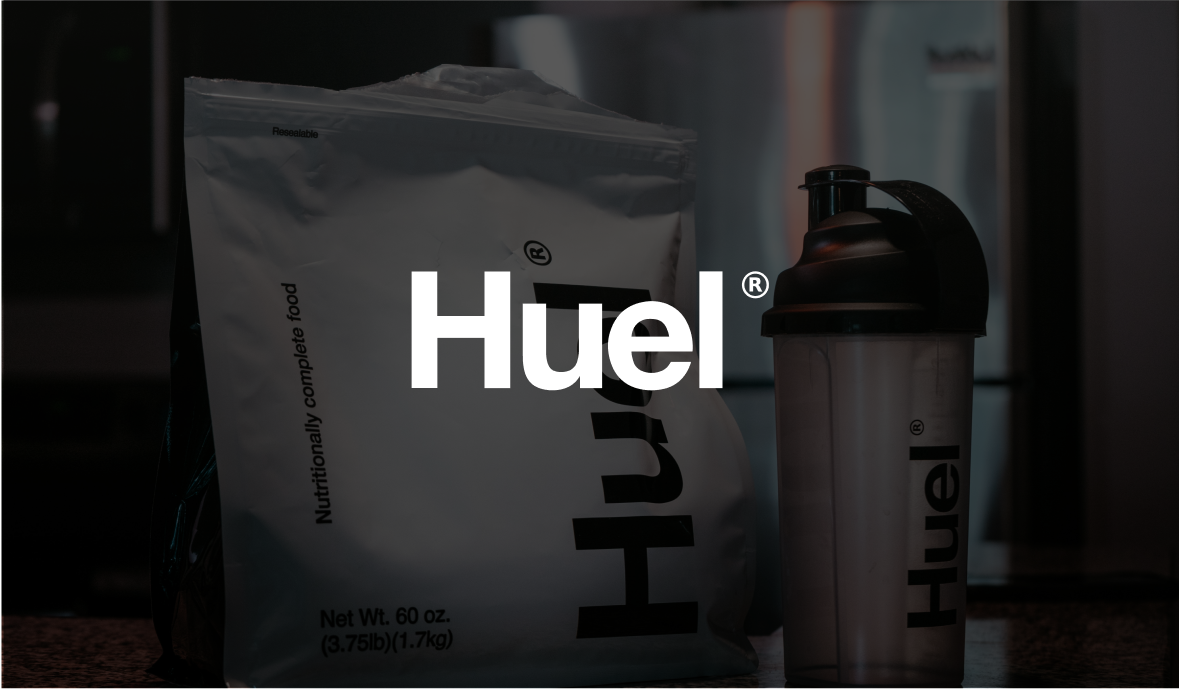4 real-life examples of how you can overcome retail supply chain challenges
Scroll to find out more
Scroll to find out more

The main goal of retail supply chains is to try and satisfy consumer demand as efficiently and effectively as possible.
But while that goal is simple, there are plenty of challenges to overcome.
Here, we explore some real-life examples of how you can beat supply chain challenges with the help of a digital freight forwarder – just like these Zencargo customers.

Maintaining the right level of inventory can be a balancing act. Tying up capital in large amounts of stock can result in high inventory levels of products that must be stored for long periods of time. However, not holding enough buffer can result in stock-outs or missed sales.
This is especially difficult when you are trialling new products; making sure you can top up popular items quickly without holding large amounts of less successful products is crucial to this test-and-learn approach.
Swoon, a design-led furniture company, wanted to bring new items to market in small batches, without sacrificing their service level. They also wanted to make sure that they and their customers had an update on which products were available and when.
To achieve this, Zencargo connected shipment-level data from the platform to Swoon’s consumer-facing website via API. This meant that Swoon were able to give their customers live updates on how long it would take for a product to reach them once an order was placed. The result? Award-winning transparency for the consumer, and the ability for Swoon to sell products before it had hit their distribution centre, significantly improving their working capital management.
Read the full case study here →

Global supply chains often mean communication with external partners can be difficult, set over multiple time zones and language barriers. But collaboration is often made even harder by communication practices that weren’t built for sharing lots of data, like email.
Before working with Zencargo, the Huel team were stuck acting as the middleman between their suppliers and their freight forwarder. This could mean having to sift through over 100 emails per supplier per week: a time-consuming, manual process, which meant important information was very easy to miss.
Unlike traditional freight forwarders, Zencargo’s platform makes it easy to connect all the different stakeholders within a company’s supply chain.
After Zencargo onboarded Huel’s manufacturers onto the platform, the Zencargo team would instantly know the latest update on when the cargo would be ready to collect. Now, the Zencargo team have all the information they need to book shipments straight away, and the Huel team are free to focus on strategic improvements.
Read the full case study here →

Acquisition is a common way for companies in the retail sector to grow. But every time a new brand is brought on, the supply chain team can end up inheriting a new, disparate set of processes.
This is often a recipe for inefficiency, as well as making it difficult to get a cohesive, overall view of the goods in transit. The first goal for The Hut Group was to start their journey towards getting end-to-end supply chain visibility by tracking all shipments through Zencargo’s cloud-based platform, including storing all documentation required so goods could be moved swiftly.
Next, the Zencargo team ran workshops to understand the complete journey of goods from origin through to the final distribution centres: a core part of our partnership approach to supply chain management. With that done, the team were able to identify the pinch points and challenges faced by The Hut Group and recommend alternative pathways.
With this, The Hut Group was able to reduce lead times by 10% on average across their European trade lanes. And for future expansion, they have access to the advanced analytics tools within the Zencargo platform, so it’s easier for them to make more informed supply chain decisions in real time.
Read the full case study here →

With so many suppliers providing so many different products, it can be difficult for those managing retail supply chains to get the largest amount of product into each container. To do so requires a great deal of coordination between all the different agents at origin, as well as a clear picture of when each lot of cargo from each supplier will be ready.
Because the SLG team were looking at the costs for their shipments on a short term, container by container basis, they were missing the bigger picture. Because they didn’t have repeatable PO management in place, it was difficult for them to understand exactly what was happening with each supplier. This meant they were missing big opportunities to make their supply chain more efficient by consolidating shipments from different suppliers shipping from the same origin port.
Working with Zencargo, the SLG team underwent an initiative to implement PO management through the platform. They also worked to improve their overall data integrity, especially the information they had on their product catalogue. By filling this out, Zencargo were able to create accurate loading plans and container forecasts, which helped SLG to significantly improve their container fill. This was supported by onboarding manufacturers onto the Zencargo platform, which equipped the team with accurate cargo ready dates.
Read the full case study here →
Curious to hear how Zencargo could help you? Book a call with our team now, or sign up to our next product demo to see our digital freight forwarding platform in action.

To find out how you can take control of your supply chain costs and stay ahead...

To find out how you can navigate a path through uncertainty, book your free str...

To find out more about how Zencargo’s digital freight forwarding experts and te...